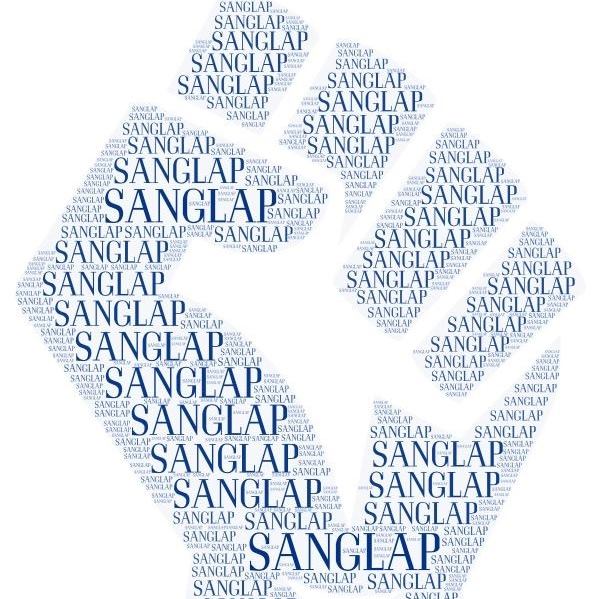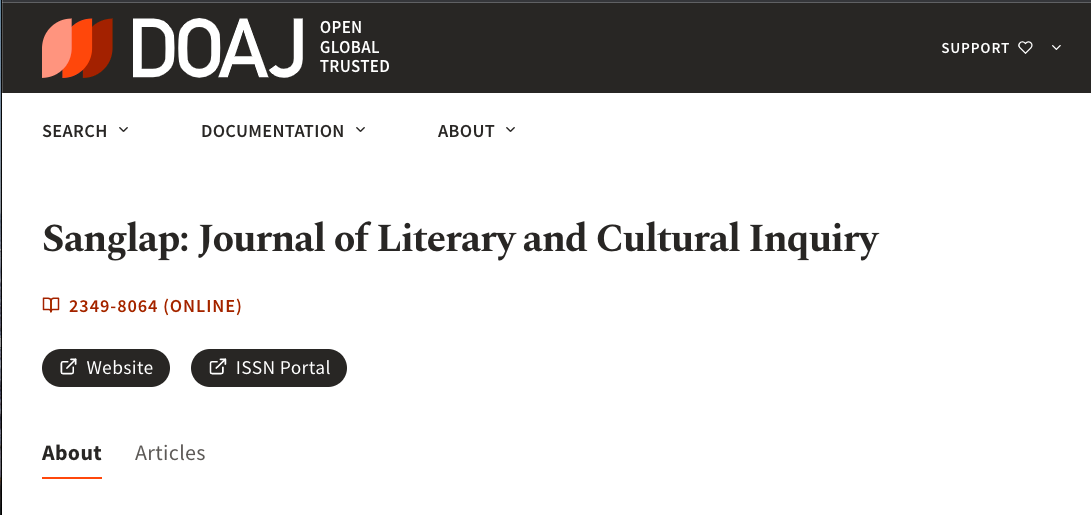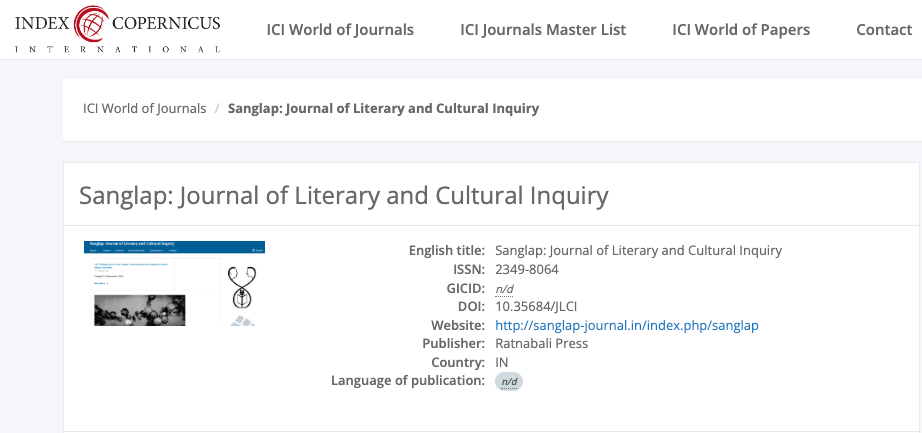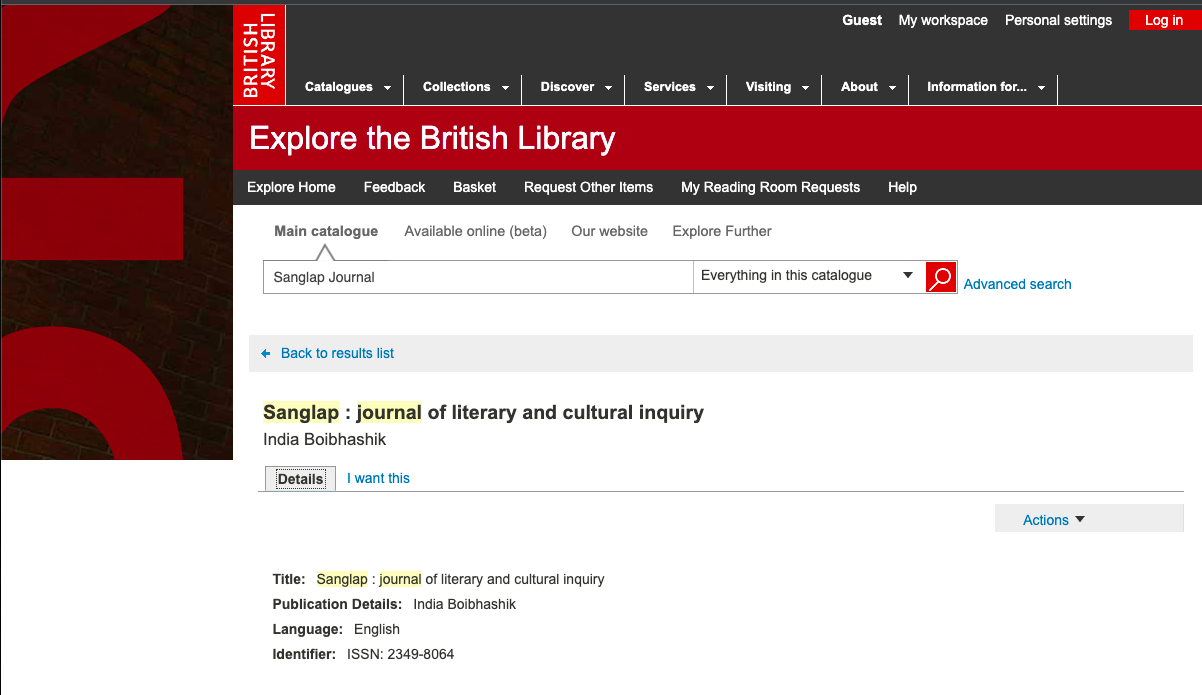Cinematic Logic and the Function of the Cut
Keywords:
Suture, Fantasy, Real, Cinema, HitchcockAbstract
This paper investigates the essentially ‘Lacanian’ function of the cut in cinematic logic, arguing that the historical relationship between cinema and psychoanalysis is rooted in their shared logic of elision and division. However, while standard cinematic practice is to disavow the cut (through the repressive operation of ‘suture’) so as to construct and conserve the filmic ‘fantasy’ and thereby strengthen the imaginary, psychoanalysis contrarily seeks to directly attain to the real by traversing the fantasy along the lines of the cut. In examining this ‘diverging convergence’, the paper looks to the cinema of Alfred Hitchcock, whose celebrated films cut across both sides of the divide, providing the comfort of ‘imaginary resolution’ while at the same time undermining this equilibrium by directly invoking the real in the form and figure of the cut. In particular, the paper examines how Hitchcock’s films supplement the various cuts constitutive of cinema’s very being with an additional ‘foundational cut’; a cut that is equally formative of the film itself, but which simultaneously introduces a fundamentally determinative rift in this world, a central hole around which everything – plot, image, dialogue, etc. – twists and turns (and which is, moreover, intimately tied to Lacan’s formulation of the subject-object relation). The paper then goes on to address two key questions arising from this examination: what becomes of the suture when cinema, like psychoanalysis, truly acknowledges the cut and traverses its own fantasy; and (following Žižek) is there really a ‘proper’ way to remake a (Hitchcock) film?











